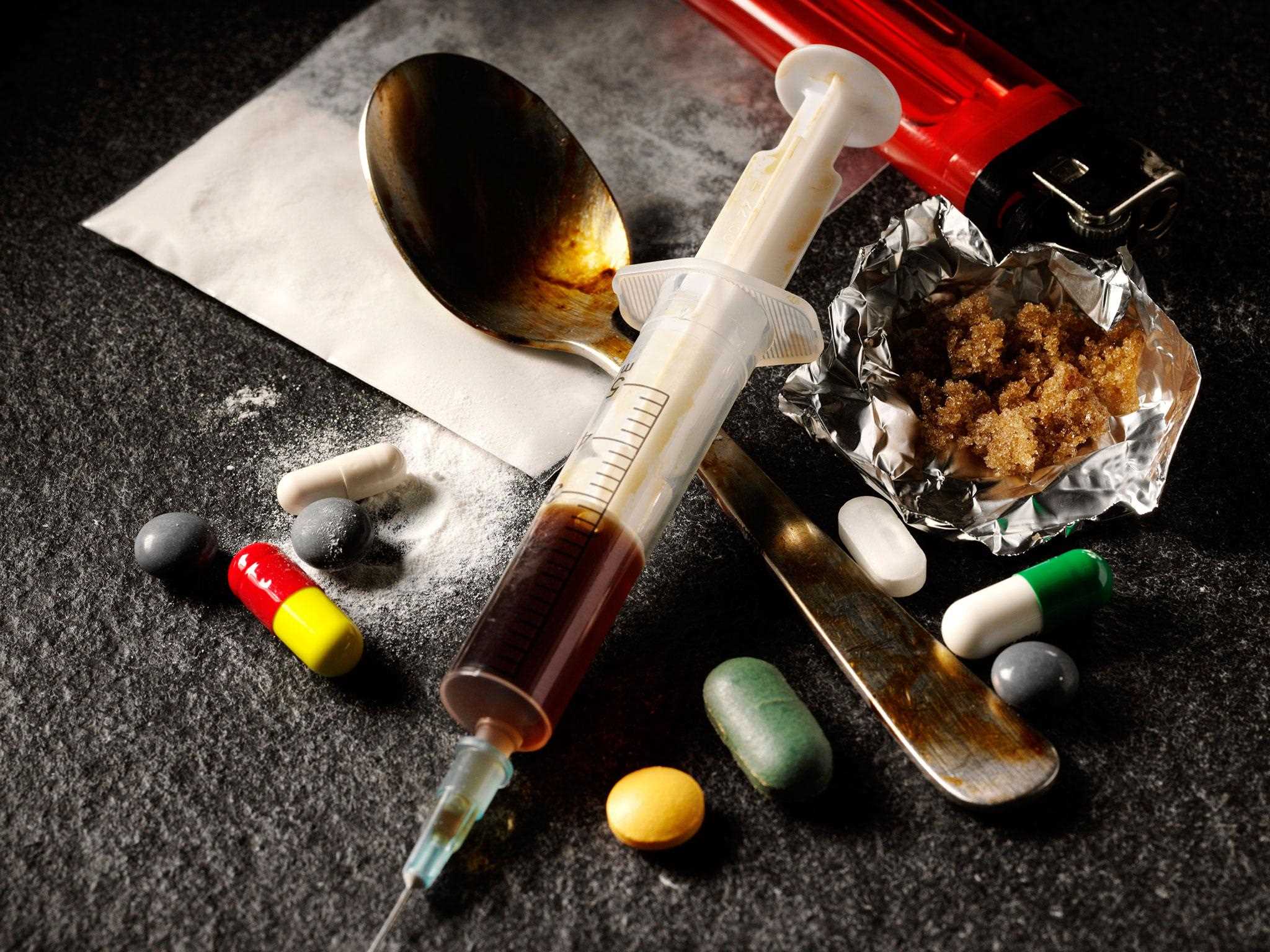
Two-thirds of patients start substance abuse in age group of 11-20 years: IMHANS Study
Over two-thirds of patients start substance abuse in the age group of 11-20 years, a recent study conducted by the Institute of Mental Health and Neurosciences (IMHANS) Kashmir, Government Medical College (GMC) Srinagar has found.
As per the study, nicotine addiction figures at the top of the survey that has found that the most common substances of abuse identified included nicotine (94.4 percent), medicinal opioids (65.7 percent), cannabis (63.6 percent), and benzodiazepines (45.5 percent).
Besides, the study has found that 43.4 percent of addicts consume other prescription medications, alcohol (32.5 percent), inhalants (11.1 percent), and cocaine (7.5 percent).
The study has found that poly-substance abuse was found in 91.9 percent of the studied patients.
“Inhalant use was seen predominantly among the adolescents (54.5 percent) whereas nicotine (50.2 percent), cannabis (49.2 percent), alcohol (51.1 percent), opioids (58.4 percent), and benzodiazepines (53.48 percent) were more predominant in the age group of 21 to 30 years,” the study has revealed.
The study has come at a time when the latest national report on drug abuse revealed that there was an increase of 35 percent in drug abuse cases in 2021 compared to the cases registered in 2020.
The National Crime Records Bureau (NCRB) report revealed that 1222 cases under NDPS, 1985 Act were registered in J&K in 2020 and the number had increased to 1681 in 2021.
Earlier, in a report by the National Drug Dependence Treatment Centre of the All India Institute of Medical Sciences (AIIMS) on the magnitude of substance abuse in the country, J&K was placed in 5th spot and had more than 6 lakh people affected by drug abuse.
Meanwhile, a study conducted by IMHANS in 2016-17 on the phenomenology of inhalant use found that two-thirds of the study population was in the adolescent age group.
“About 99 percent of the study population was males belonging to the middle socio-economic class. Bagging was found to be the predominant mode of inhalation followed by sniffing,” the study has revealed. “The associated psychiatric co-morbidities were found in 25 percent of the patients.”
A study done by Dr Margoob and others published in the Indian Journal of Psychiatry in 1993 reported that a total of 9726 cases of substance-related disorders were reported to IMHANS in eight years starting from January 1980.
“In contrast, we have been consistently seeing more than 6000 patients of substance-related disorders per year since 2015 at IMHANS,” the study has revealed.
The study has revealed that there was an increase in the use of opioids, cocaine, and other psychotropic substances in developing countries and the trend is also worsening in Kashmir valley over the last few years.
“There has been an alarming increase in the use of opioid-based preparations along with multiple substance use from the 1980s to the year 2002,” it reveals, adding that the pattern of abuse has also changed in female patients.
According to the database of GMC Srinagar and Associated Hospitals, the number of patients with substance use visiting OPD in the year 2016-2017 was 6157 and between January 2017 and December 2017 it was 6550.
At the Community Centre, SMHS Complex, the number of patients with drug dependence admitted in the year 2016-2017 was 535, and between 2017 and 2018 it was 710.
In the preliminary data communicated by SKIMS Medical College, it was found that the most affected districts in the Jammu division were Samba and Jammu.
“Apart from the use of alcohol and cannabis in Jammu, sedative pharmacological agents like buprenorphine, Tramadol, and Alprax were also used. A few cases of intravenous use of heroin and brown sugar were also present,” the study has revealed.
Meanwhile, in Respondent Dependent Sampling Survey (RDSS), the sample districts Anantnag and Srinagar have shown higher use of Heroin and medicinal opioids, both injectables, and orals, in addition to benzodiazepines, inhalants, and other newer psychoactive substances.

